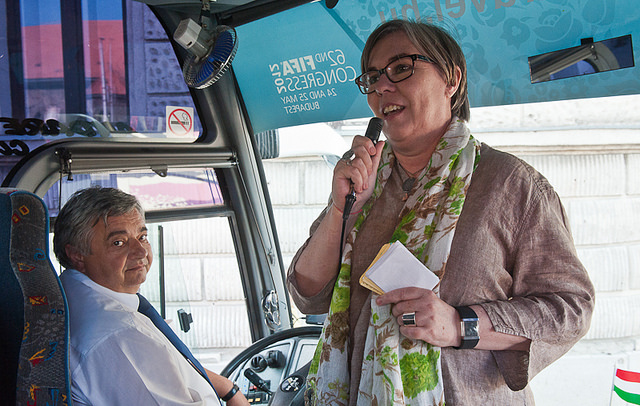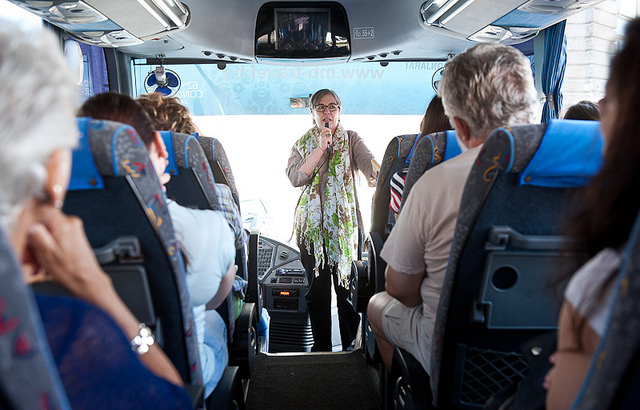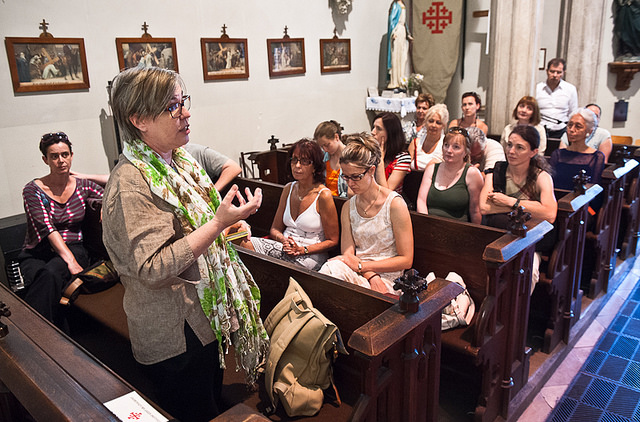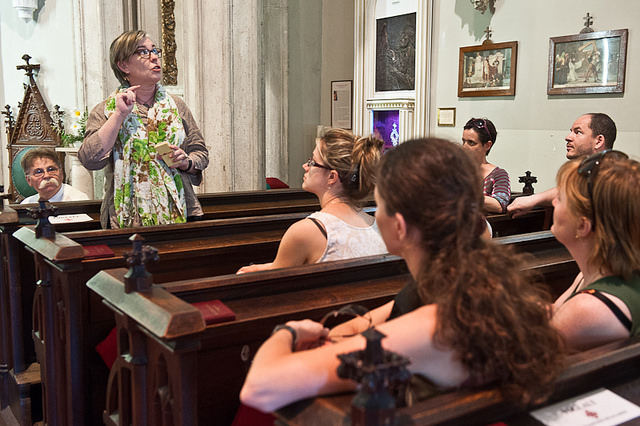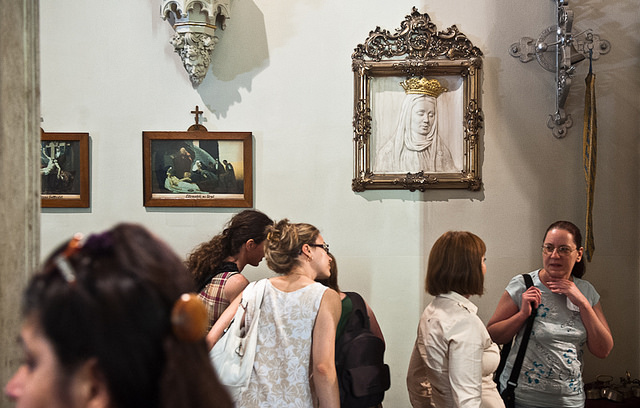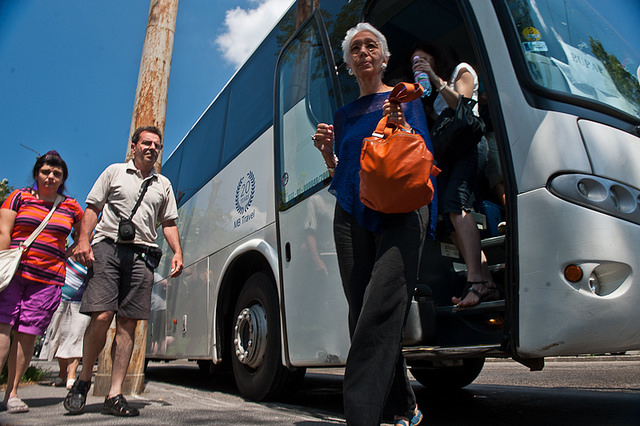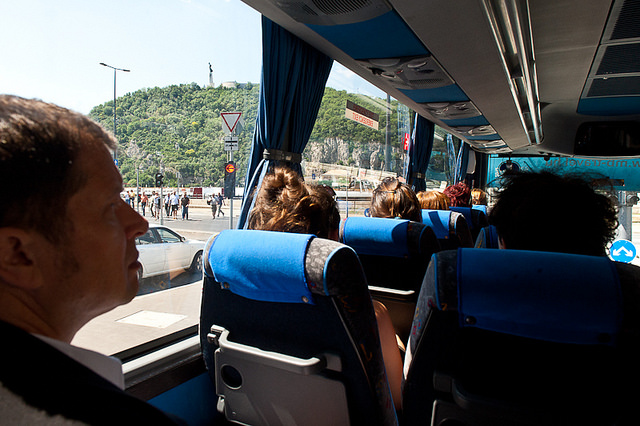Women in the Labyrinth of Budapest – bus tour by prof. Andrea Peto and Budapest Walkshop
It was probably one of the first feminist tour in Europe, and it was definitely the first one in Budapest… In 2012 Budapest Walkshop organized a bus tour with prof. Andrea Peto… Five years later we started a brainstorming on how we can acualize the tour…
WOMEN IN THE LABYRINTH OF BUDAPEST
In most languages the word “city” is feminine. Yet, in Budapest if you set out to find the women of enduring importance – famous or forgotten – well, that’s a hard task. Of course, you will find monuments of Queen Elizabeth, as more known: Sissy. Of course, everybody knows from the guide books who Saint Margaret was. And most probably people will have heard of Róza Laborfalvi. But what about those women who were not beautiful queens or famous actresses? What about those who dedicated their lives to fighting for emancipation, fighting for the right to education and equality at work? What about those who dared to enter politics, or contributed to social thinking and education, or played an important part in culture or other areas of life? Has anybody heard of Johanna Bischitz, who received honours not only from Emperor Franz Josef I, but also from the Serbian king? Does anybody know who Alice Weiss was? Or where the Women’s Casino was located? Budapest seems to have forgotten (and abandoned) the movement to form public spaces for women and to name public spaces after women, a noble movement that started at the end of the 19th century and stopped in 1945 when feminism became “statist”.We shall take a bus ride to pay tribute to these women. Adequately, we start from Elizabeth Bridge and arrive at Elizabeth Square. In between we learn where the first female Member of Parliament, Margit Slachta, lived and worked. We learn the stories of Blanka Teleki and Klára Lővei, who were held prisoners for years opposite the boarding school they founded. We will (re)discover the places of the city related to women of importance. Most of these places are either hidden or have been deprived of their relation to women. And we will hear engaging stories (old and new) about these women and these places. Enabling us to make a step towards a more democratic framework of historical thinking and to get to know Budapest more.
Photos: Daniel Kovats, Budapest Walkshop, 2012.

